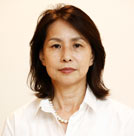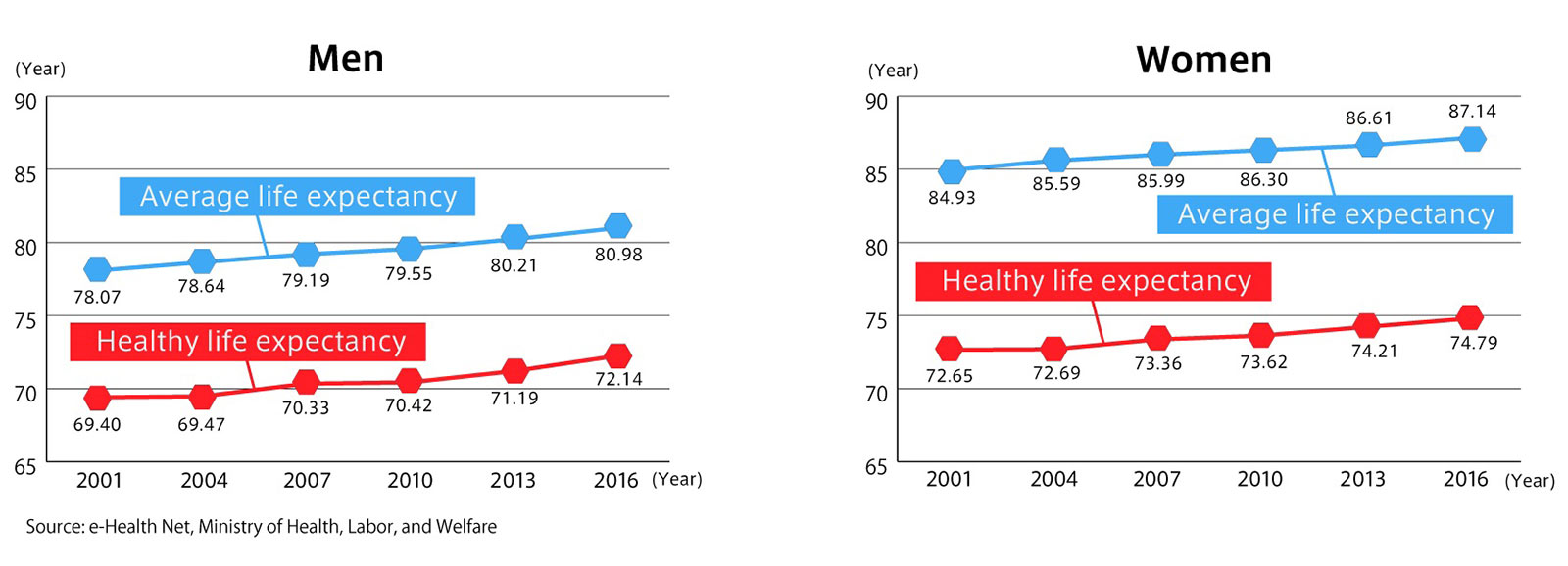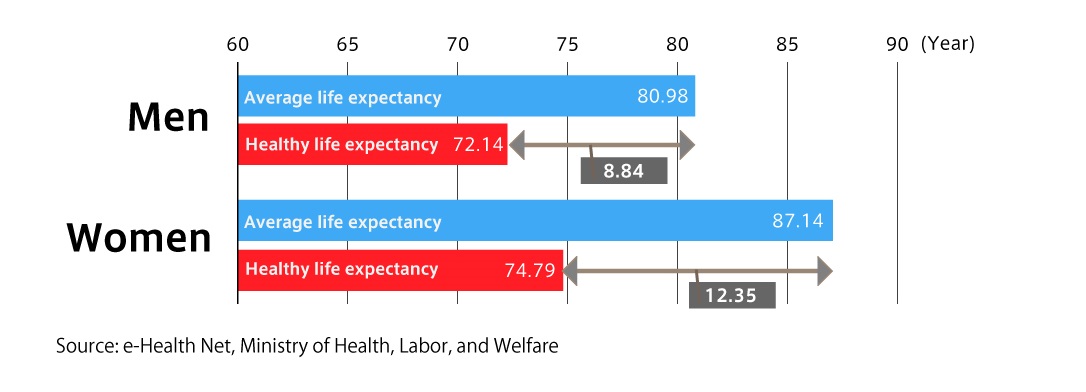I was asked to teach a college course on sports medicine and decided to cover a whole range of topics, starting with an overview of the subject and proceeding to more specific issues, such as sports medicine for children and women as well as during puberty and in middle and old age, sports injuries, and the need to check for cardiovascular and other internal irregularities. I also touched on the topic of disability sports—something in which I, as a medical support specialist for top athletes—had never professionally been engaged. So, I decided to read up on the subject and came across a statement by Heinz Frei, the legendary Swiss wheelchair athlete, that really opened my eyes. He noted that sports are beneficial for people without disabilities but essential for people with them. This, he said, is because exercise leads to higher scores for activities of daily living (ADL), abets independent living (IL), enhances quality of life (QOL), and is aligned with the normalization principle of enabling ways of living that are as close as possible to regular life in society. I had not realized the extent to which people with disabilities regarded physical activity as a necessity.
Researching the topic further, I came to see that the role sports can play in bolstering these four factors applied to people in older age brackets as well, as I learned from personal experience. After I turned 50, I tripped over a small step, lost my balance, and tumbled to the ground without being able to cushion the fall. I had always considered myself light on my feet, but now I was sidelined with injuries that took a while to heal; I could not run without limping and found it difficult to rise from a sitting posture with my knees bent to the chest.
Life, according to a Japanese saying, is but a fleeting dream lasting a mere 50 years. With longer lifespans, people now joke that they get to live a “second life,” but unless we stay healthy, living longer will hardly be a blessing. My feeling is that biologically, our bodies are made to last for only 50 years, and anything beyond that is thanks to advances in medicine and improvements in living conditions. If we fail to lead a physically active life beyond middle age, ignoring Heinz Frei’s advice for people with disabilities, then the last years of our life could be difficult. We need think about not just the number of years we live but what experts call health-adjusted life expectancy (HALE, commonly referred to as healthy life expectancy). For middle-aged and older people in declining health, sports will surely have the same meaning as for those with disabilities.
In Japan, the average life expectancy of men and women combined now exceeds 80 years, according to the Ministry of Health, Labor, and Welfare. Healthy life expectancy, meanwhile, grew by 1.02 years for men, from 69.40 to 70.42, between 2001 and 2010, and by 0.97 years for women, from 72.65 to 73.62. The increase in actual lifespans, though, exceeded these figures, so the gap between actual and healthy life expectancies has widened. Efforts to extend the latter and delay the onset of poor health are needed both to maintain an individual’s quality of life and to alleviate society’s support burden.
The concept of “locomotive syndrome”—restrictions in one’s ability to walk or lead a normal life owing to a dysfunction in one or more of the parts of the musculoskeletal system and carrying heightened risk of becoming care-dependent—was proposed by the Japanese Orthopaedic Association in 2007. Japan became a super-aged society around that time, with a quarter of the population being aged 65 or over. A survey conducted by the association found that inpatient surgeries for locomotive dysfunctions begin rising steadily from around age 50 and peak at around age 70. This suggests that the healthy life expectancy of the human musculoskeletal system is, again, around 50 years. A similar concept called sarcopenia, a term coined in 1989 by Irwin Rosenberg of Tufts University, refers to age-associated loss of skeletal muscle mass and function, leading to reduced strength and physical performance. Such degenerative declines are deemed a factor in shorter healthy life expectancies and point clearly to the need for exercise as we age. Reaping the rewards of a productive life in our golden years, in other words, requires both ample financial and health “savings.”
That said, there will inevitably be people who, while understanding the importance of exercise in an aging society, nonetheless remain inactive, believing themselves to be bad at sports. One mission of the Sport and Active Society Commission of the International Olympic Committee, of which I am a member, is to use sports to improve physical activity in the population and give access to sports as a right for all. The commission’s emphasis is on promoting physical activity, which can consist of simply taking a walk. This is something that even the most unathletic of us can do. In fact, one study has found that an hour of physical activity three times a week can lower high blood pressure; although it may not be enough to cure cancer, it can raise the quality of life for such patients through greater interpersonal contact. Simply put, leading a more active life can make us feel better.
I was watching a TV program one day in which the head of an organization supporting people with disabilities was asked about the source of motivation for the group’s activities. “It might seem like a lot of work,” the person said. “But someday, we’ll all grow old, and we could become hard of hearing or have trouble walking. It’s not just about helping others, we’re all in the same boat.” I could not agree more.
Translated by the SSF from an article published in Japanese on January 12, 2022.

Michiko Dohi, MD-PhD
Director, Sasakawa Sports Foundation
Director, Japan Football Association Clinic
Specializes in sports medicine and sports-related diagnostic radiology. Was a sports physician for the Japanese Olympic delegation at four Games, from Beijing 2008 to Tokyo 2020. Is concurrently a member of the FIFA Medical Committee and the IOC Sport and Active Society Commission and an executive board member of the Japan Olympic Committee. Has been a member of the Japan Football Association Medical Committee since 2010 and is a team doctor for the men’s and women’s national teams.



